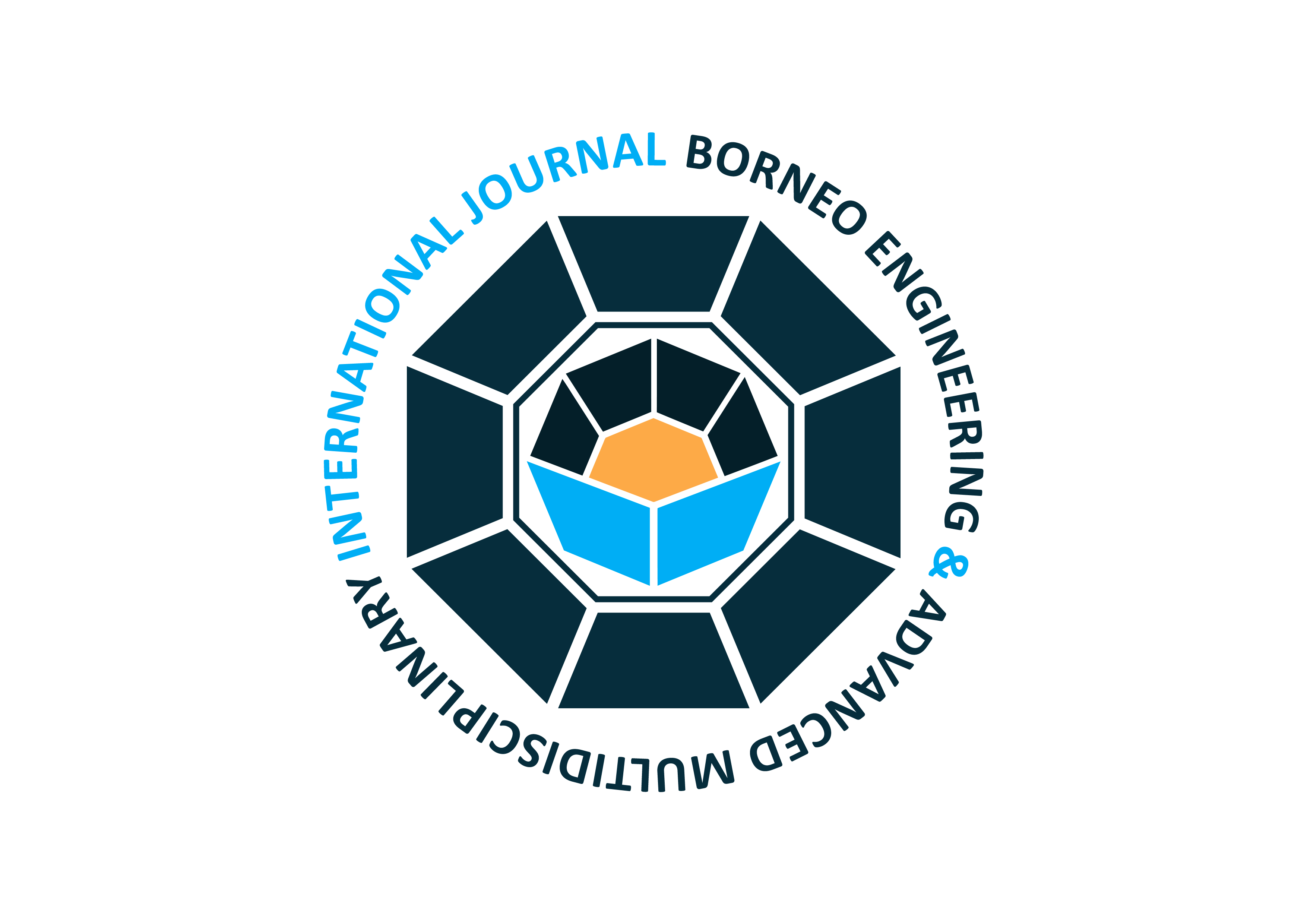System Analysis and Design Assessment: Adapting 15 Steps of PBL in Programming Education
Keywords:
Problem based learning, system analysis and design, PBLAbstract
This study examined students’ perception on the initial implementation of Problem Based Learning (PBL) approach in solving problems of Laboratory Worksheet Activity (LWA). The problem-solving covered Topic 2 (Preliminary Analysis) in the System Analysis and Design (SAD course). The implementation of PBL was applied to students who were undergoing System Analysis and Design courses. Fifteen steps PBL in programming education were applied in solving problems of Laboratory Worksheet Activity for Topic 2. Qualitative and Quantitative techniques were employed using descriptive analysis and thematic analysis. The problem-solving session was carried out by having students work in small groups under the guidance of facilitators. Findings showed that students deem the PBL approach to be unfamiliar and it takes time to get started. Despite rejection by a few students, PBL mainly, was acknowledged as beneficial in terms of the solving problem process systematically as well as encouraging collaborative learning. Implications from this study found that even though students accepted PBL positively, urge, effort, and scaffolding from the instructors were essential. Predominantly, students were satisfied with the implementation of PBL in completing LWA. It was suggested that PBL settings to be implemented throughout the semester to investigate the implementation thoroughly. Implications for practice that may be implemented in future are discussed.














